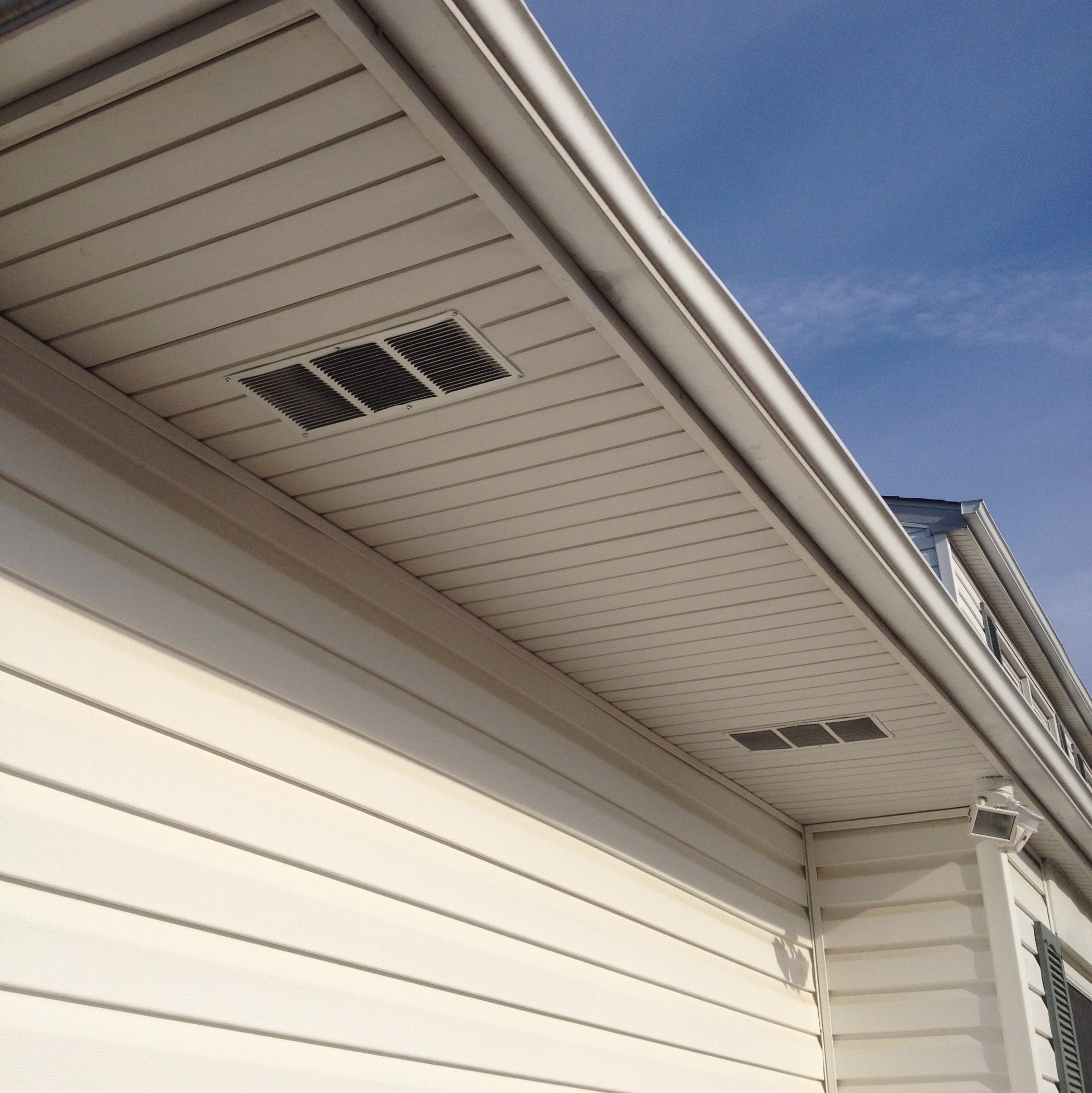How much of an air space is needed behind cladding?
- The air space between cladding and sheathing doesn’t need to be great but it needs to allow continuous drainage without creating pockets where water can be trapped inside wall assemblies (referred to as perched water). Correctly installed siding should also allow air to flow through from top to bottom, taking advantage of natural convection to remove moisture.
- 1×4 and 1×3 furring are most commonly used as they are easily available and affordable, but that doesn’t mean you can’t find even cheaper alternatives that could save some wood and maybe some money for someone that likes a DIY project. If you have enough material to meet your needs, you could use old flooring, even old plywood ripped into strips on a table saw.
- An air space of even 1/8th of an inch will do the job, so what you use as furring is really only a spacer and isn’t too important as long as your siding can grab it, or grab the sheathing behind with longer nails. The most important thing is that the material be consistent in size to avoid walls looking warped.



